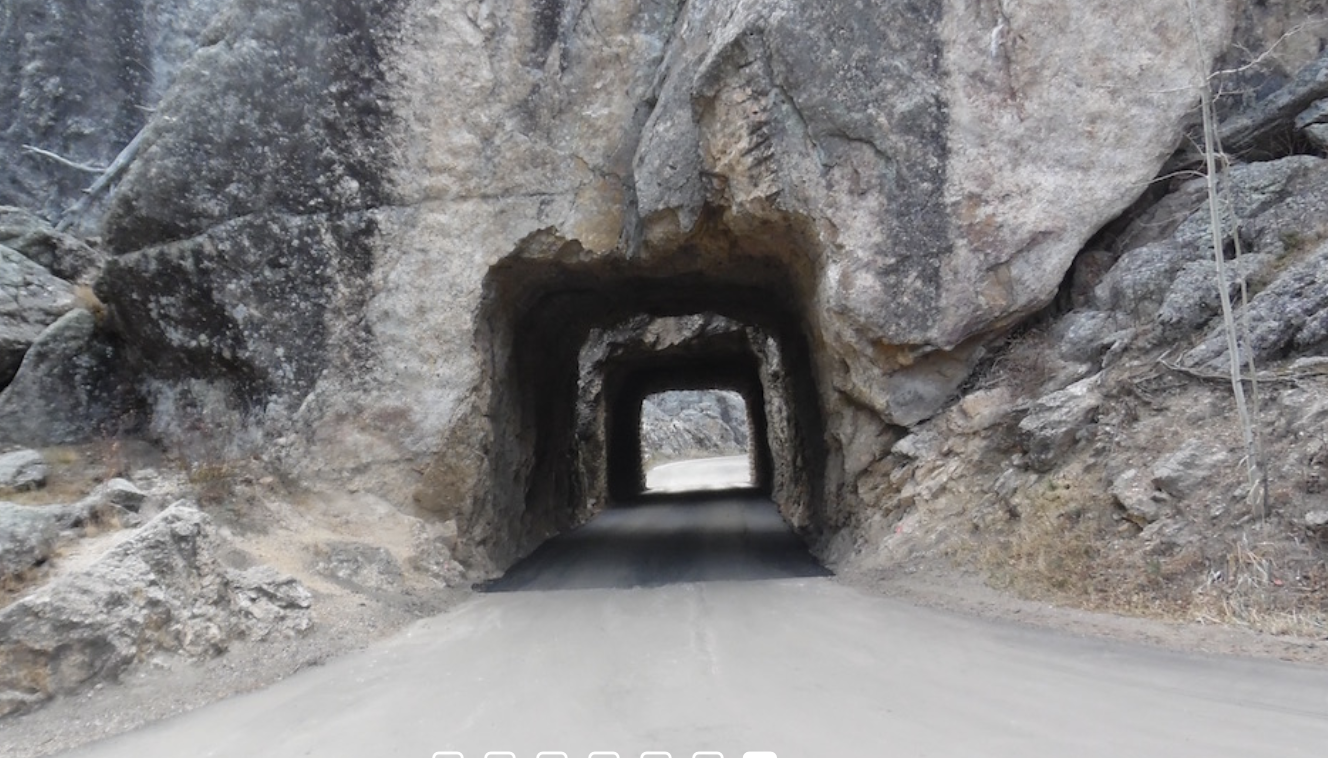
The first building erected in the Black Hills was the Flick Cabin.
Fort Defiance was one of the many names given to what is commonly known as the Gordon Stockade. Built in 1874 and rebuilt during the 1920’s and again 1930’s. (Black Hills Ghost Town: Parker) Early gold seekers were removed by force to protect Indian land rights.
The site of the Este Lumber Camp is the famous Forest Service “Case One,” the earliest attempt at federally managed forest utilization. (Ghost Town of the Black Hills: Parker)
In 1876, American Horse sought to make the US Government live up to its treaty and took up arms when miners began to overrun Sioux land. Together with Crazy Horse and Sitting Bull, he was one of the principal war chiefs during the Battle of the Little Bighorn. After the battle rather then follow other tribes into the Black Hills, American Horse made the decision to take his lodges to a US treaty agency in Dakota Territory. As they traveled, he crossed path with troops commanded by General George Crook. On September 9, 1876, at Slim Buttes, near the present town of Reva, South Dakota, 3rd Cavalry Captain Anson Mills and 150 troopers surrounded American Horse’s village and attacked. Taken by surprise, the camp was destroyed and American Horse killed. He was buried at what is now called the Slim Buttes Battlefield Monument. Bio by: John “J-Cat” Griffith
The Pap Madison cabin, was built in 1876 at the original Rapid City town site.
Once a Civilian Conservation Corps camp, now only foundations remain of Camp Custer.
Dr. Alvin Herbert settled along the South Fork of Lame Johnny Creek in 1888 near the Bakerville stage station. One of his sons Almon ran a large ranch in the area and upon his death the Dr was buried on Almon’s ranch. A concrete marker set with various native stones was erected over his grave. (Black Hills Ghost Town: Parker)
Woodville was also the scene of several attempts to rob the Homestake payroll train. On September 12, 1888, John Wilson, Jack Doherty, Alfred G. Nickersoan, and a man named Murphy ran into a good deal of trouble while making the attempt. (Black Hills Ghost Town: Parker)
Englewood was established as Ten-Mile Ranch. It was a stagecoach stop in the late 1870s, but the name was changed when the Burlington Railroad arrived on its way to Deadwood in 1890.
The McLaughlin Tie and Timber Company sawmill was the mainstay of NaHant. The owners built their own railroad west from Nahant to near Mosque, Wyoming. They brought logs from Wyoming to be made into coal car and grain doors, ties and cordwood. The monthly payroll was $49,000. In 1909 the sawmill burned and closed its doors.
Bismuth existed around 1901 as a small community of half a dozen homes. It once included a store and a baseball team, but not even an old house remains of the town. The site is now part of a (BlackHills Ghost Towns:Parker) picnic ground and a manmade lake.
Black Fox Ghost Town is a good example of a historic community that is now a forest campground, specifically Black Fox National Forest Campground.
Ghost Towns are often made famous because of the mine they supported (Stand-By Mine) and the bars that residents enjoyed (Moonshine Gulch Saloon). Rochford, was founded in 1877. The Stand-By mine is silent but the bar is still a stopping place for tourists.
Many old ghost towns and communities have been overtaken by private land owners, businesses, and housing developments. Brownsville succumbed to numerous tourism businesses.
Life in the Black Hills was difficult, as evidenced by the memorials forever marked into historic grave stones. A family of residence lost a mother and two children to the flu, are buried near Mystic.
Glen Erin School is the site of the first public school building in the Black Hills. First school was held in the summer of 1882. The teacher was Mr. Fowler.
CPS Camp No. 57, a Bureau of Land Reclamation base camp operated by the Mennonite Central Committee, opened in October 1942 and closed in May 1946. The men finished building Deerfield Dam, a major irrigation project.
Minnelusa was the site of a granite crushing operation which provided much of the gravel to pave Rapid City’s streets. (Black Hills Ghost Towns: Parker) Little evidence remains.
Galena is an example of a ghost town still inhabited by residence.
Pratt’s Mill was sawmill on Little Elk Creek, just below the famed White Gate. (Black Hills Ghost Towns: Parker) Little evidence remains.
Submerged under the waters of Pactola Reservoir, Bear Gulch II is a ghost town like some others, lost to man made reservoirs in the Black Hills.
Charles Badger Clark built his home, the Badger Hole, near Legion Lake. Within this cabin, he wrote poetry, read from his extensive library and wrote letters to his many fans. He lived there until his death in 1957 at the age of 74.
Like many tourist sites in the Black Hills, the Hardy Guard Station was built by the Civilian Conservation Corps (CCC) in 1936.
The builder of the old Custer Jail was the first occupant, having gotten drunk and disorderly on the money paid to him by the city for his work on the jail.
Cold Springs had a school, a cemetery and a mine. The school and cemetery was refurbished in the late 1960s. (Black Hills Ghost Towns: Parker) Now the area is surrounded by a ranching community and Wind Cave National Park.





